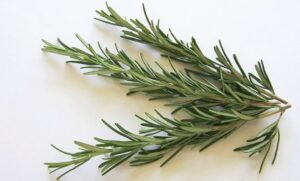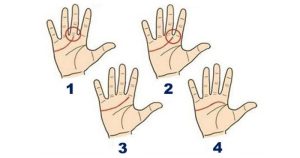The relative efficacies of multiple chemical peelings for the treatment of actinic keratosis (AK) were outlined in study data published in the Journal of the European Academy of Dermatology and Venereology. In a systematic literature review, chemical peelings containing 5-fluorouracil (5-FU), trichloroacetic acid (TCA), Jessner’s solution, and glycolic acid were examined. Although each chemical peeling demonstrated some level of efficacy, all studies showed significant risk for bias, underscoring the need for further research on chemical exfoliants for the treatment AK.
Investigators conducted a systematic search of the Medline, Embase, and CENTRAL databases from inception through 2019 for any trial examining the efficacy of chemical peelings for the treatment of AK. Eligible studies enrolled adult patients (18 years of age or older) with a clinical or histopathological diagnosis of AK. Chemical peelings of interest included Jessner’s solution, glycolic acid, trichloroacetic acid (TCA), salicylic acid, and any other chemically exfoliative peeling at any concentration. The following efficacy endpoints were extracted from studies: participant complete clearance, or the proportion of treated patients who cleared all baseline lesions; lesion complete clearance, or the number of cleared lesions after treatment; and mean lesion reduction rate per patient. Risk ratios (RRs) were calculated to estimate the relative likelihood of study outcomes with each treatment modality. Secondary outcomes included treatment-related pain and other safety signals. Risk for bias in each study was assessed using various tools, including the Cochrane risk for bias tool.
In total, 8 studies with a pooled sample size of 170 patients were included in the final review. There were 4 randomized controlled trials; 2 were nonrandomized controlled trials and 2 were single-arm studies. Included were 2 studies compared 5-FU 5% cream to TCA 35% peeling in combination with Jessner’s solution for AKs of the face. In both of these studies, TCA 35% and Jessner’s solution showed significantly lower participant complete clearance compared with 5-FU 5% cream (RR, 0.36; 95% confidence interval [CI], 0.14-0.90; n=2 studies). TCA 35% and Jessner’s solution also achieved lower lesion complete clearance compared with 5-FU 5% (RR, 0.92; 95% CI, 0.85-0.99; n=1 study). Glycolic acid 70% in combination with 5-FU 5% solution was compared with glycolic acid monotherapy in 1 study; the 2 intervention arms did not have substantially different results with respect to patient complete clearance. It was noted that lesion complete clearance was higher with the combined treatment option compared with glycolic acid monotherapy (RR, 5.87; 95% CI, 4.39-7.85; n=1 study). In a single-arm study that also assessed 5-FU 5% cream in combination with glycolic acid, the lesion complete clearance rate was 92%. However, in a single-arm study, 5-FU combined with glycolic acid 70% had lower patient complete clearance compared with a 100% phenol peeling solution (30% vs 90.6% clearance).
Continue Reading
Mean lesion reduction rates appeared comparable between TCA 35% with Jessner’s solution and 5-FU 5% cream. However, using pooled data from 2 studies, TCA alone showed a lower lesion reduction rate compared with conventional photodynamic therapy (P =.0003). The combination of 5-FU 5% and glycolic acid 70% had a substantially higher mean lesion reduction rate compared with glycolic acid 70% monotherapy (P <.0001 pain scarring and side effects were relatively mild for all treatment modalities. however in studies was more pronounced patients treated with photodynamic therapy compared tca>P =.01).
All 8 studies were at high risk for bias, including selection bias, confounding, and data missingness.
The investigators believe that, based on their findings, there are many potentially effective chemical peeling options for patients with AKs. The efficacy and safety information on each of these treatment modalities is limited, however, and all selected studies displayed risk for bias. Long-term data were also not available.
“[In this paper], we present an up-to-date and comprehensive analysis to guide the use of chemical peelings for the treatment of AK, both for clinical practice and future guideline recommendations,” investigators wrote. “We conclude that future high-quality studies and harmonizing and standardizing peeling protocols are necessary to determine the value of chemical peelings in the treatment of AK.”
Disclosure: Several study authors declared affiliations with the pharmaceutical industry.
Please see the original reference for a full list of authors’ disclosures.
Reference
Steeb T, Koch EAT, Wessely A, et al. Chemical peelings for the treatment of actinic keratosis: a systematic review and meta-analysis. J Eur Acad Dermatol Venereol. 2021;35(3):641-649.
This article originally appeared on Dermatology Advisor





